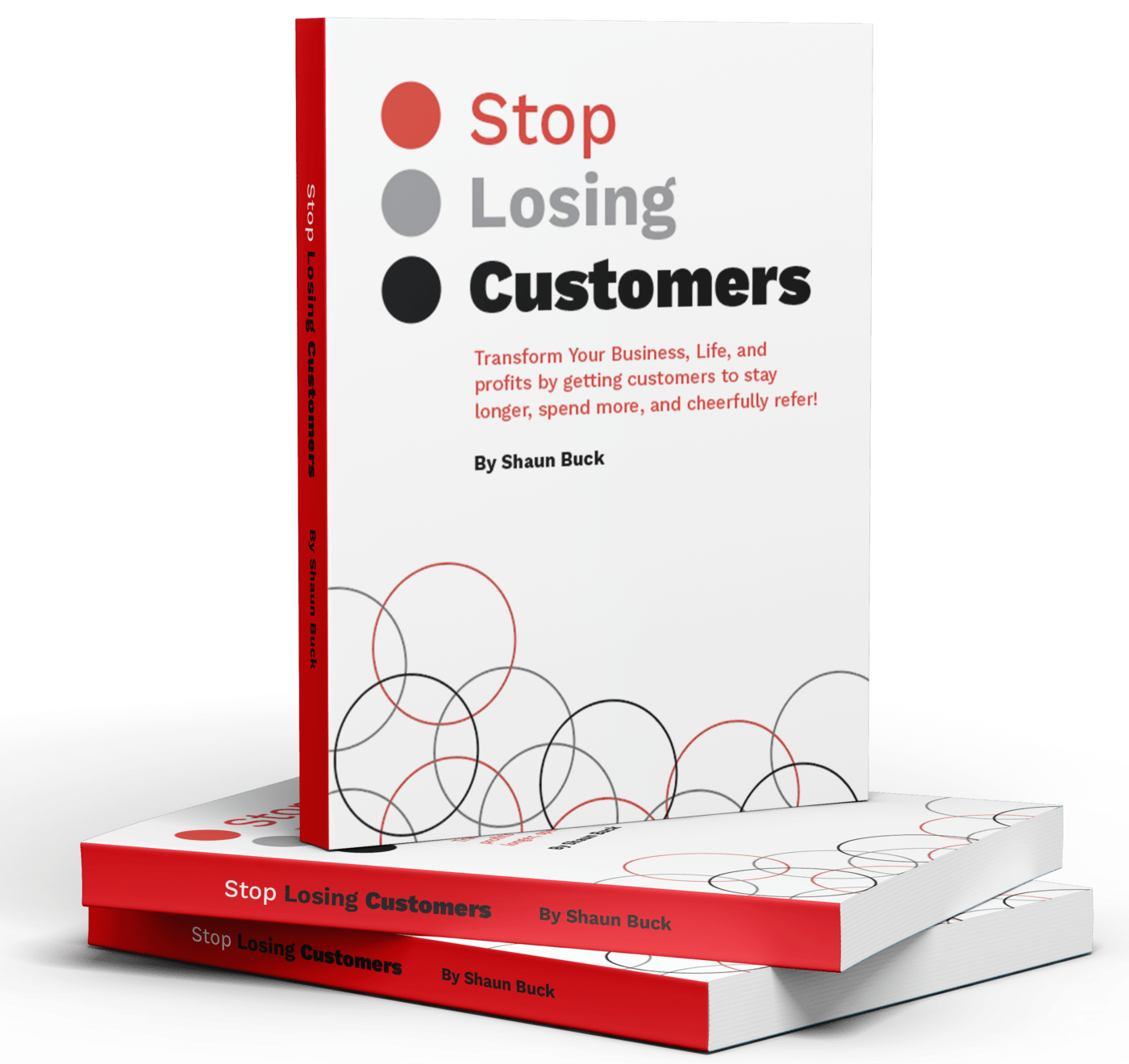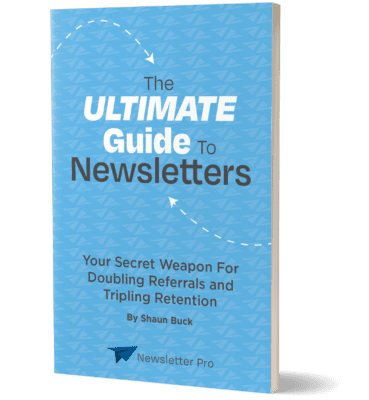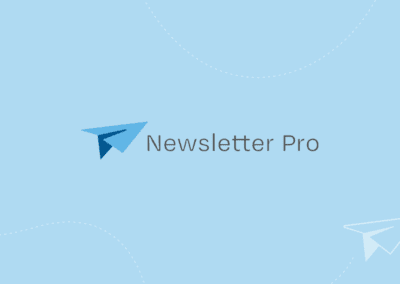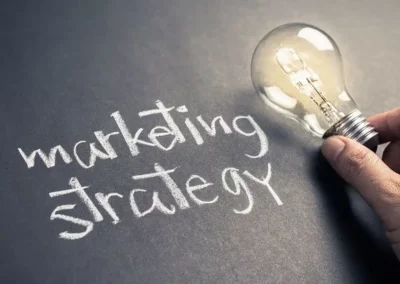In the evolving landscape of digital marketing, customer newsletters have emerged as a powerful tool to engage and retain customers. But, how can you ensure that your newsletters are relevant and impactful? The answer lies in leveraging Customer Lifetime Value (CLV) insights and segmentation to tailor your newsletter experiences. This article will delve into the importance of personalized newsletters, how to utilize CLV insights for segmentation, and practical strategies for creating effective personalized newsletters.
The Importance of Personalized Newsletters
Personalized newsletters are more than just a trend; they are a necessity in today’s competitive market. Here’s why:
Increased Engagement
Personalized content resonates more with recipients, leading to higher open and click-through rates. When customers see their names and preferences reflected in the content, they are more likely to engage with it. This engagement drives interaction with your brand, increasing the chances of conversions. In a crowded inbox, personalized newsletters stand out, capturing the attention of your audience.

Enhanced Customer Experience
When customers receive content that caters to their interests and needs, their overall experience with the brand improves. Personalized newsletters demonstrate that you understand and value your customers, fostering a stronger connection. This tailored approach can turn casual customers into loyal advocates who feel a personal bond with your brand. Furthermore, a positive customer experience often leads to word-of-mouth recommendations, expanding your reach organically.
Higher Conversion Rates
Targeted newsletters are more likely to convert, as they address the specific preferences and behaviors of different customer segments. By delivering relevant offers and information, you can move customers further down the sales funnel more efficiently. Personalized recommendations based on past purchases can prompt repeat business and upselling opportunities. Additionally, higher conversion rates result in a better return on investment (ROI) for your email marketing efforts.
Understanding Customer Lifetime Value (CLV)
Customer Lifetime Value (CLV) is a critical metric that helps businesses understand the total worth of a customer over the entire duration of their relationship with the company. By analyzing CLV, businesses can identify high-value customers and tailor marketing efforts accordingly.
The Basics of CLV
Understanding the basics of CLV is essential for leveraging it effectively. CLV provides insights into customer profitability, guiding your marketing and retention strategies. It helps prioritize resources towards retaining high-value customers and acquiring similar profiles. Additionally, CLV analysis can reveal patterns and trends in customer behavior, informing future business decisions.
Calculating CLV
To calculate CLV, you need the following components:
- Average Purchase Value (APV): Total revenue divided by the number of purchases.
- Purchase Frequency (PF): Total number of purchases divided by the number of unique customers.
- Customer Lifespan (CL): The average number of years a customer continues to purchase from the company.
The formula for CLV is: [ CLV = APV \times PF \times CL ]
Benefits of CLV Analysis
CLV analysis offers numerous benefits to your marketing strategy. It helps in identifying and nurturing your most profitable customers, ensuring that your marketing budget is spent wisely. By understanding the lifetime value, you can develop targeted retention strategies to keep high-value customers engaged. Additionally, CLV insights can help in forecasting future revenue and setting realistic growth targets.
Tools and Technologies for CLV Calculation
Several tools and technologies can assist in calculating and analyzing CLV. Customer Relationship Management (CRM) systems often have built-in features for tracking customer interactions and calculating CLV. Advanced analytics platforms can offer deeper insights and predictive modeling based on historical data. Leveraging these tools ensures accurate CLV calculations, enabling data-driven decision-making.
Segmentation Based on CLV Insights
Segmentation involves dividing your customer base into distinct groups based on specific criteria. By using CLV insights, you can create more meaningful and actionable segments. Here are some common segmentation strategies:
High-Value Customers
These are the customers with the highest CLV. They are loyal and generate the most revenue for your business. Your newsletters to this segment should focus on:
- Exclusive Offers and Discounts: Reward their loyalty with special deals that are not available to other segments.
- Early Access to New Products or Services: Make them feel valued by giving them a first look at new offerings.
- Personalized Recommendations Based on Past Purchases: Use their purchase history to suggest products they are likely to be interested in.
Medium-Value Customers
These customers have a moderate CLV and represent a significant portion of your revenue. Newsletters for this segment should aim to nurture and encourage more frequent purchases by:
- Highlighting Popular Products: Showcase top-selling items that they might find appealing.
- Offering Loyalty Rewards or Points: Encourage repeat purchases with a structured loyalty program.
- Sharing Success Stories or Testimonials: Build trust and credibility by featuring positive customer experiences.
Low-Value Customers
Low-value customers have the lowest CLV and may only make occasional purchases. To engage this segment, your newsletters should:
- Provide General Offers and Discounts: Attract their attention with broad, appealing deals.
- Share Informative and Engaging Content to Build Interest: Educate and entertain them to foster a deeper connection with your brand.
- Encourage Social Media Engagement or Referrals: Leverage their networks to expand your reach.
Seasonal or Event-Based Segmentation
Segmenting customers based on seasonal or event-driven behaviors can also be effective. For example, some customers may only purchase during holiday sales or specific events. Tailoring newsletters around these times with relevant offers can drive significant engagement. This approach ensures that you are meeting customers where they are most likely to be in a buying mindset.
Behavioral Segmentation
Behavioral segmentation involves categorizing customers based on their interactions with your brand. This could include website visits, email opens, and clicks, or social media engagement. By understanding these behaviors, you can send highly targeted newsletters that resonate with their current interests and needs. Behavioral insights can also help identify potential churn risks, allowing for proactive engagement.
Demographic Segmentation
Demographic segmentation divides your audience based on factors such as age, gender, income, and location. This information can help tailor your newsletters to appeal to specific demographic groups. For instance, younger audiences might prefer more trendy and visual content, while older demographics may appreciate detailed and informative emails. Demographic insights ensure that your newsletters are culturally and contextually relevant.

Creating Personalized Newsletters
Once you’ve segmented your audience based on CLV insights, the next step is to craft personalized newsletters. Here are some strategies to consider:
Dynamic Content Blocks
Use dynamic content blocks to show different content to different segments within the same newsletter. This ensures that each recipient sees content that is most relevant to them without having to create multiple versions of the same email. Dynamic content allows for seamless personalization, making the process efficient and scalable. Additionally, it enhances the user experience by delivering tailored content directly to the recipient’s inbox.
Personalized Subject Lines and Greetings
Personalization starts with the subject line. Use the recipient’s name and tailor the subject line to reflect their interests or past behaviors. Similarly, personalized greetings can set a positive tone for the rest of the newsletter. A well-crafted subject line can significantly improve open rates, as it creates a sense of familiarity and relevance. Personalized greetings further reinforce this connection, making the recipient feel valued and understood.
Behavioral Triggers
Behavioral triggers are actions that a customer takes (or doesn’t take) that prompt a specific email. For example:
- A Reminder Email for Customers Who Have Abandoned Their Cart: Encourage them to complete their purchase with a gentle nudge.
- A Thank You Email After a Purchase with Related Product Suggestions: Show appreciation and suggest complementary products.
- A Re-engagement Email for Customers Who Haven’t Purchased in a While: Rekindle their interest with special offers or updates.
Tailored Content and Offers
Ensure that the content and offers in your newsletters align with the interests and behaviors of each segment. For example, if a high-value customer frequently purchases electronics, highlight new gadgets and exclusive tech offers in their newsletters. Tailored content shows that you are attentive to their preferences, increasing the likelihood of engagement and conversion. Additionally, it helps build a personalized relationship, fostering long-term loyalty.
Visual and Interactive Elements
Incorporate visual and interactive elements to make your newsletters more engaging. High-quality images, videos, and infographics can capture attention and convey information effectively. Interactive elements such as polls, quizzes, and clickable images can boost engagement and provide valuable insights into customer preferences. Visual and interactive content enhances the overall appeal of your newsletters, making them more memorable and impactful.
A/B Testing
A/B testing involves sending different versions of your newsletter to a small segment of your audience to determine which performs better. This can include variations in subject lines, content, images, and calls-to-action. By analyzing the results, you can optimize your newsletters for maximum impact before sending them to your entire list. A/B testing helps refine your strategy, ensuring that your newsletters are as effective as possible.
Measuring the Success of Personalized Newsletters
To ensure that your personalized newsletters are effective, it’s essential to measure their performance. Here are some key metrics to track:
Open Rate
The open rate indicates how many recipients opened your email. A higher open rate suggests that your subject lines and sender names are engaging. Monitoring open rates helps identify trends and preferences in your audience, allowing for continuous improvement. It also provides insights into the best times and days to send your newsletters for optimal engagement.
Click-Through Rate (CTR)
CTR measures how many recipients clicked on a link within your email. This metric helps you understand the effectiveness of your content and calls-to-action. A higher CTR indicates that your content is resonating with your audience and driving them to take action. Analyzing CTR can reveal which types of content and offers are most appealing to different segments.
Conversion Rate
The conversion rate shows how many recipients took the desired action after clicking through your email, such as making a purchase or signing up for an event. Tracking conversions helps measure the direct impact of your newsletters on your business goals. It also provides insights into the effectiveness of your calls-to-action and overall email strategy. Understanding conversion rates allows for targeted optimizations to improve results.
Unsubscribe Rate
The unsubscribe rate indicates the percentage of recipients who opted out of your mailing list. A high unsubscribe rate may suggest that your content is not resonating with your audience or that you are sending too many emails. Monitoring this metric helps identify potential issues with your email strategy, allowing for timely adjustments. It also provides insights into customer preferences and email frequency tolerance.
Revenue Per Email
This metric measures the revenue generated from each email sent. It helps you understand the financial impact of your email campaigns and identify areas for improvement. By analyzing revenue per email, you can assess the ROI of your email marketing efforts and allocate resources more effectively. This metric also highlights the value of personalized and segmented newsletters in driving sales.
Customer Feedback and Surveys
Gathering direct feedback from customers through surveys and feedback forms can provide valuable insights into their preferences and experiences. This qualitative data complements quantitative metrics, offering a holistic view of your newsletter performance. Customer feedback can reveal areas for improvement and highlight what your audience values most. Regularly incorporating feedback ensures that your newsletters remain relevant and impactful.
Conclusion
Tailoring customer newsletter experiences based on CLV insights and segmentation is a powerful strategy to enhance customer engagement, improve the customer experience, and drive higher conversion rates. By understanding the value of each customer and segmenting your audience accordingly, you can create personalized newsletters that resonate with your recipients and foster long-term loyalty.
Implementing dynamic content, personalized subject lines, behavioral triggers, and tailored offers will ensure that your newsletters are relevant and impactful. Remember to measure the success of your campaigns using key metrics to continually refine your strategy and achieve optimal results. By leveraging the power of CLV insights and segmentation, you can transform your customer newsletters into a strategic tool for growth and success.
Call to Action
Ready to elevate your newsletter strategy and engage your audience like never before? Contact Newsletter Pro today! Our team of experts is here to help you create personalized, impactful newsletters that drive results and foster lasting customer loyalty. Don’t miss out on the opportunity to transform your email marketing efforts. Reach out to us now and start your journey towards newsletter success!






